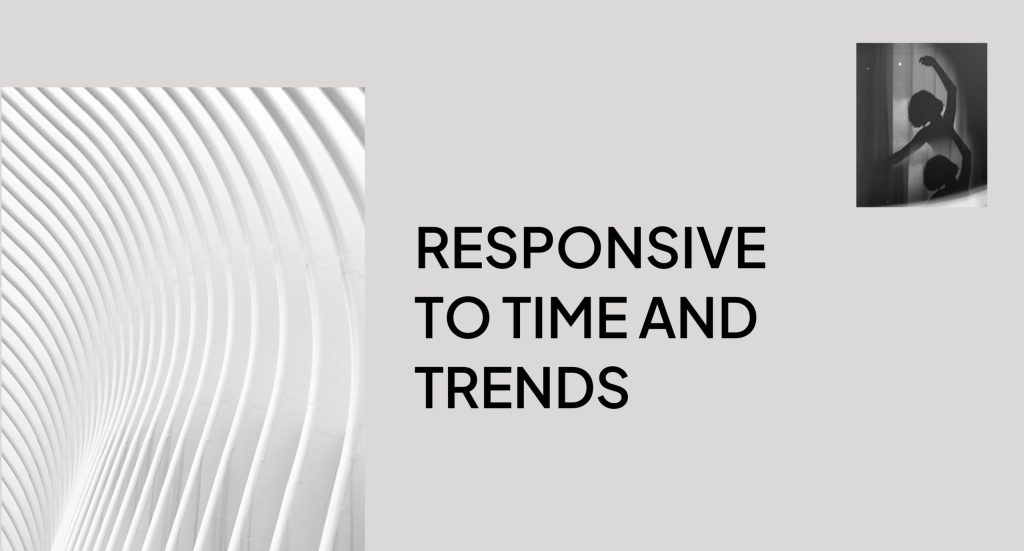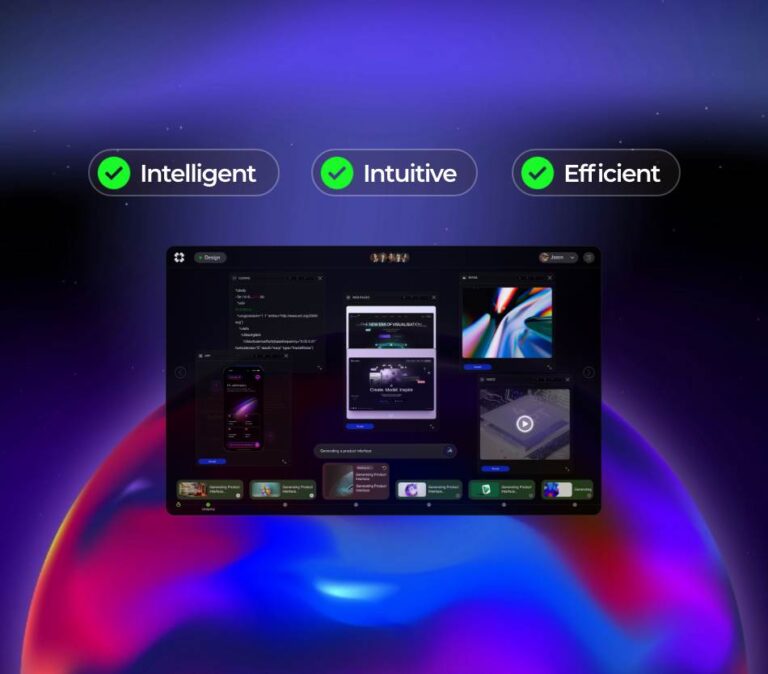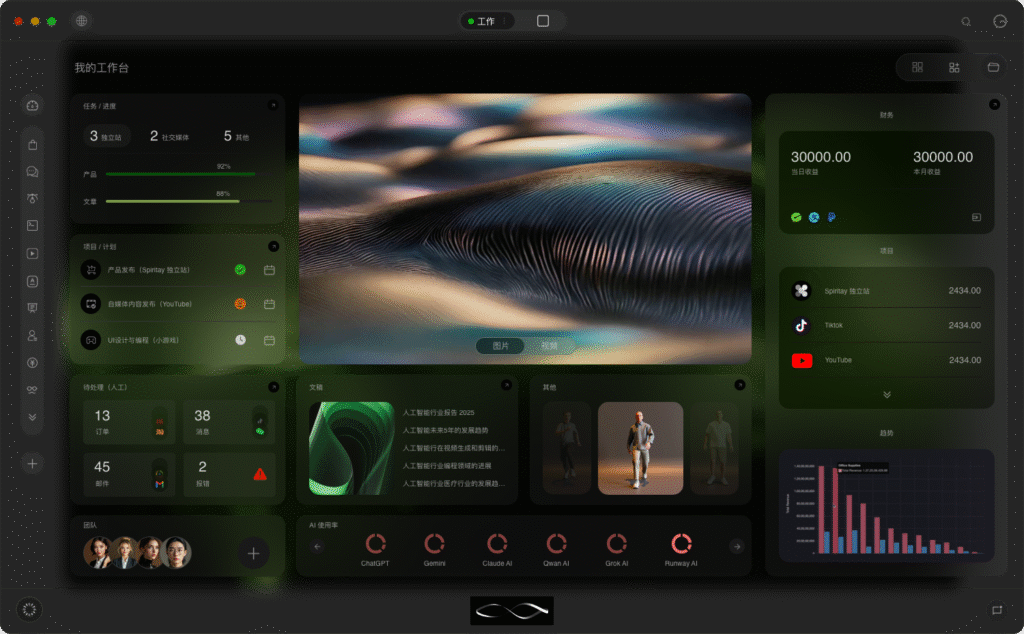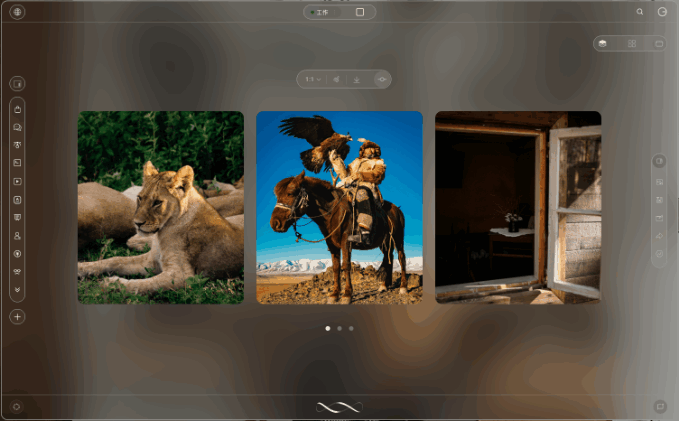Introduction: Why an AI OS architecture matters
Imagine the software stack of a mid-size company as a busy airport: passengers (data) arrive from different terminals (databases, APIs, user uploads), planes (models and services) take off and land, ground crews (orchestration and monitoring) coordinate gates, and air traffic control (policy and governance) ensures safety. An AI OS architecture is the control tower and ground system combined — a coherent set of components, APIs, and practices that lets teams build, operate, and govern AI-driven automation reliably at scale.
For beginners, that means fewer one-off scripts and brittle integrations, and more reusable services that connect models, data, and business workflows. For engineers, it means clear integration patterns, performance budgets, and operational primitives. For product and industry leaders, it means predictable ROI, governance, and a roadmap for incremental automation adoption.
Core components of an AI OS architecture
An effective AI operating architecture is not a single product but an assembly of layered capabilities. Typical layers include:
- Data plane: connectors, ingestion, transformation, and feature stores.
- Model plane: model registry, serving layer, experiment tracking, and model lifecycle tools.
- Orchestration plane: workflow engines, agents or pipelines, job schedulers, and event buses.
- Inference/agent runtime: low-latency serving (Triton, TorchServe, ONNX Runtime), and agent frameworks for multi-step automation.
- Storage and index plane: vector databases and document stores (Milvus, Pinecone, Weaviate).
- Control and governance: policy engines, access controls, audit trails, and data provenance.
- Observability and SRE: tracing, metrics, logs, SLOs, and automated remediation.
Real-world analogy
When a business builds an AI-driven customer support assistant, the data plane supplies ticket history, the model plane serves the conversational model, the orchestration plane runs pre- and post-processing (intent classification, context enrichment), and the governance layer ensures compliance and logging. This combined flow is what a practical AI OS architecture orchestrates.
Implementation playbook for teams
Below is a step-by-step planning and implementation playbook laid out in prose. This is intentionally tool-agnostic but grounded in common platform choices.

Step 1 – Define clear use cases and SLOs
Start with a narrow automation use case: document triage, invoice processing, or AI-powered customer summaries. Define latency and availability targets (e.g., 95% under 300ms for classification, or batch throughput of 10k documents/hour), data residency needs, and compliance requirements.
Step 2 – Map data and compute flows
Diagram activities: where data originates, what preprocessing is required (text cleaning, BERT tokenization for NLP pipelines), which models will be invoked, and where results are stored. Identify synchronous versus asynchronous boundaries — real-time UI calls need low-latency serving, while nightly analytics can be batch processed.
Step 3 – Choose integration patterns
Common patterns include:
- API gateway + sync inference for user-facing latencies.
- Event-driven pipelines (Kafka, Pulsar) for decoupled, resilient processing.
- Orchestrated pipelines (Dagster, Airflow, Kubeflow, Ray AIR) for repeatable batches.
- Agent frameworks for multi-step automation and external system interaction (examples include LangChain-style orchestrators and custom agent managers).
Step 4 – Implement model lifecycle and deployment
Adopt a model registry (MLflow or a cloud provider’s registry), version models, and codify deployment strategies: shadow testing, canary rollouts, and A/B experiments. Use GPU-backed serving for heavy models and optimized runtimes for smaller models.
Step 5 – Instrument and iterate
Define observability signals: p50/p95/p99 latency, throughput, model confidence distribution, drift indicators, and user-facing error rates. Build dashboards and automated alerts that map to operational playbooks.
Developer guidance: architecture, APIs, and trade-offs
The engineering focus is on integration contracts, failure handling, and scaling behaviors.
API design and boundaries
Design APIs that separate orchestration from model inference. Keep thin, well-documented endpoints for synchronous inference with predictable request and response schemas. For long-running automation, expose job submission and status endpoints. Ensure payload schemas include tracing IDs and provenance metadata to support auditability.
Orchestration and concurrency
Decide between centralized workflow engines and lightweight orchestrators embedded in services. Centralized engines simplify monitoring and retries but introduce another single point to scale. Lightweight orchestrators (sidecar or agent approaches) reduce central bottlenecks but increase operational complexity across services.
Synchronous vs event-driven automation
Synchronous flows are easier to reason about and simpler for UX integration. Event-driven systems excel at resilience, backpressure handling, and decoupling. Hybrid approaches are common: synchronous front-end calls that enqueue work to an event bus for enrichment and asynchronous follow-ups.
Model serving trade-offs
Self-hosted serving (Kubernetes + Triton/ONNX Runtime) gives cost control and customization. Managed services reduce ops burden and often provide autoscaling out of the box. Consider cold start behavior, scaling granularity, and pricing per request when choosing a model serving approach.
Deployment, scaling, and operational signals
Design SLOs that map directly to business metrics. Decide capacity planning around expected peak concurrency and average latency targets.
- Latency targets: small classification models can target
- Throughput: measure tokens per second for large models and requests per second for stateless classifiers.
- Cost models: monitor GPU hours, memory footprints, storage requests, and vector DB queries. Estimate cost per 1K predictions and model the impact of cache hit-rates and batching.
Operational signals to capture include queue length, retry rates, p99 latency, model confidence shifts, input distribution drift, and resource saturation. Integrate OpenTelemetry tracing so workflows can be traced end-to-end across the orchestration plane and model servers.
Security, governance, and compliance
Security is foundational. Practical controls include:
- Authentication and fine-grained authorization for model access and sensitive data.
- Encryption in transit and at rest; tokenization or redaction for sensitive fields.
- Audit trails that record inputs, model versions, outputs, and decisions. These are critical for compliance and incident response.
- Policy enforcement (Open Policy Agent) to gate model actions and external integrations.
- Prompt and input sanitization to reduce injection risks in agent systems.
Governance means lifecycle controls: who can register a model, who approves production deploys, and how rollbacks occur. This is especially important when automation touches billing, legal documents, or user-facing decisions.
Product lens: ROI, vendor choices, and use cases
From a product perspective, an AI OS architecture should make ROI predictable. Focus on high-leverage automation first: repetitive, high-cost human tasks or activities where accuracy improvements yield clear dollar savings.
Case study: AI-powered video editing
A media company automates parts of post-production using an AI OS architecture. The pipeline ingests raw footage, extracts speech transcripts with a transcription model, applies scene detection and metadata enrichment, and then uses an AI-powered video editing service to assemble rough cuts. The orchestration plane coordinates these steps, a vector index stores searchable clips, and human editors review the assistants’ outputs in a workbench.
Measured benefits included a 40% reduction in first-pass editing time and improved content discoverability. Key trade-offs were higher upfront engineering to build integrations, an increased need for content safety controls, and storage costs for high-resolution media.
Vendor comparison and choices
Managed AI platforms (cloud model providers and MLOps suites) speed time-to-value but can be opaque on cost and limited in customization. Open-source stacks (Ray, Kubeflow, MLflow, BentoML, LangChain) offer flexibility and avoid vendor lock-in but require more operational investment. Many organizations use a hybrid approach: managed vector DBs or model hosts combined with self-hosted orchestration and governance tooling.
Risks and common operational pitfalls
Watch for these recurring problems:
- Underestimating data drift: models degrade when input distributions change; set up drift detection and retraining pipelines.
- Absence of backed-out plans: ensure rollback and shadow deployments for new models.
- Over-automation without human oversight: automated actions touching financial or legal systems must have human-in-the-loop checks.
- Poor observability: without end-to-end tracing you can’t quickly identify whether an issue is data, model, or orchestration related.
Standards, open projects, and practical signals
Leverage emerging standards and open-source projects: use OpenTelemetry for tracing, ONNX for model portability, and OpenPolicyAgent for runtime policy. Projects like Ray, LangChain, and MLflow are widely used building blocks. In NLP preprocessing pipelines, explicit steps like BERT tokenization remain crucial for consistency between training and serving.
Monitor practical signals: average inference cost per 1k requests, p99 latency, retrain frequency, and the percent of automation actions that required manual correction. These metrics drive both engineering prioritization and product decisions.
Looking Ahead
AI OS architectures will continue to evolve toward more modular, composable stacks. Expect better standards for model interchange, more mature agent governance patterns, and tighter integration between RPA tools and model orchestration. Businesses that treat their AI operating architecture as a core platform — not an experiment — will unlock scale, reliability, and repeatable ROI.
Final Thoughts
Building an effective AI OS architecture is a multidisciplinary effort: it requires data engineering, ML ops, software architecture, product thinking, and governance. Start small, prioritize observability and governance, and iterate toward a platform that balances developer flexibility, operational safety, and measurable business outcomes. Whether you’re automating video workflows with AI-powered video editing assistants or optimizing document triage with robust NLP preprocessing that includes BERT tokenization, an intentional AI OS reduces risk and accelerates value.










